I Won\'t Buy a Smartphone in 2024 Without These 8 Features
High-end smartphones today should have a 120Hz refresh rate. I absolutely cannot compromise in that regard because my eyes have adapted to high refresh rate computer monitors and TVs. Everything feels choppy when I switch back to a 60Hz display.
Some people who haven't used a high refresh rate screen before would struggle to notice the difference between 60Hz and 120Hz. However, once you downgrade to a 60Hz screen, you'll immediately notice the choppiness as you scroll and navigate through menus.
Considering you'll be looking at your phone's screen every time you pick it up, you shouldn't settle for anything less than 120Hz, especially if you're paying over $800. But if you're in the market for a mid-range phone, make sure it has a 90Hz refresh rate at the very least.
2 Triple-Lens Camera Setup
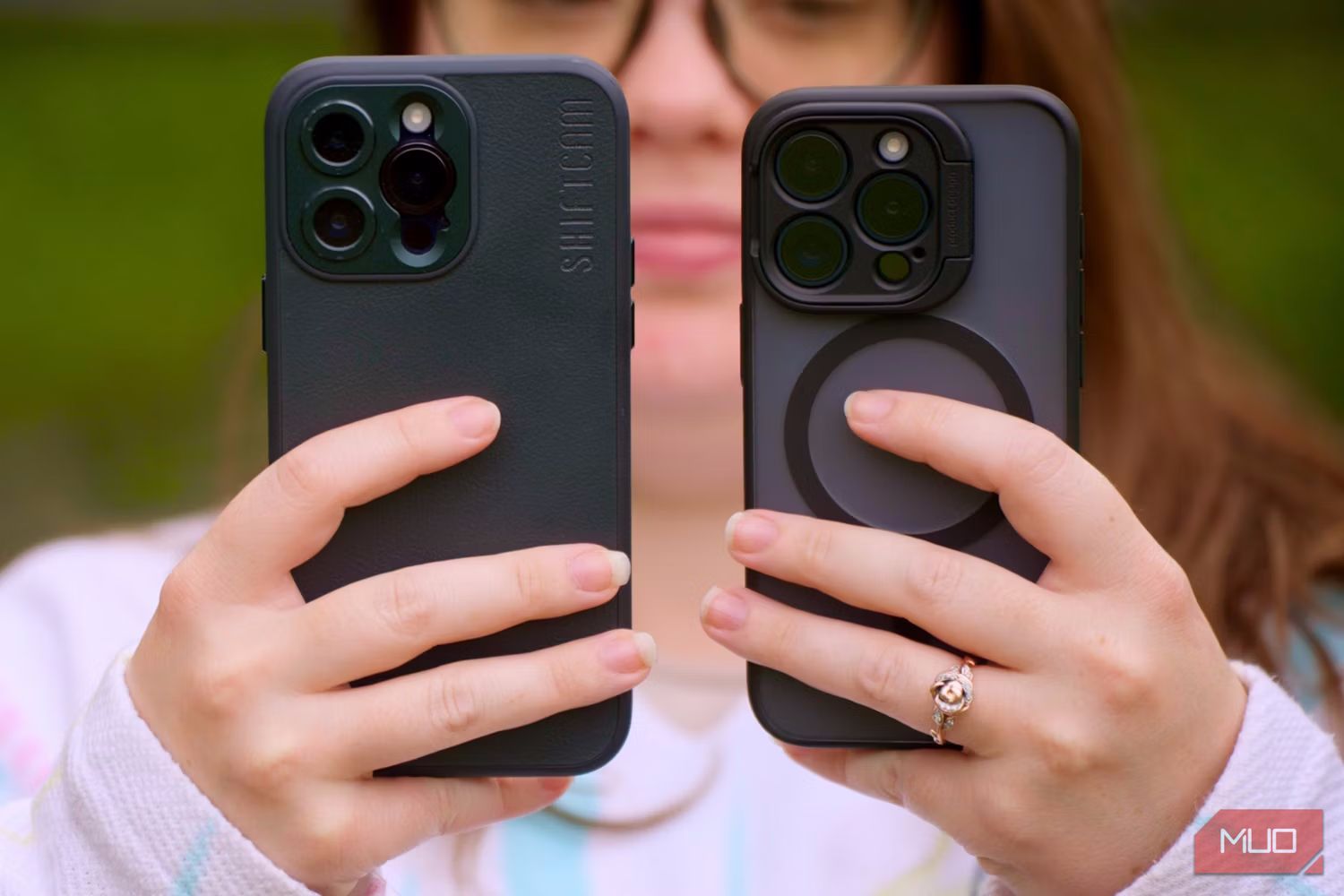
We all take a ton of photos and videos with our smartphones today. Therefore, it needs to pack a class-leading camera setup with multiple lenses that allow you to shoot in different scenarios.
Most high-end phones take great pictures with their main lenses, but you need to make sure they have equally good ultrawide and telephoto lenses for the price you pay. Personally, I would want the most versatile lens setup if I'm paying a grand or more.
However, if you're in the market for a mid-range phone, settling for a smartphone with a dual-camera setup is okay. The second lens may be either telephoto or ultrawide, so choose depending on what kind of shots you plan to take with your phone.
3 OLED Screen
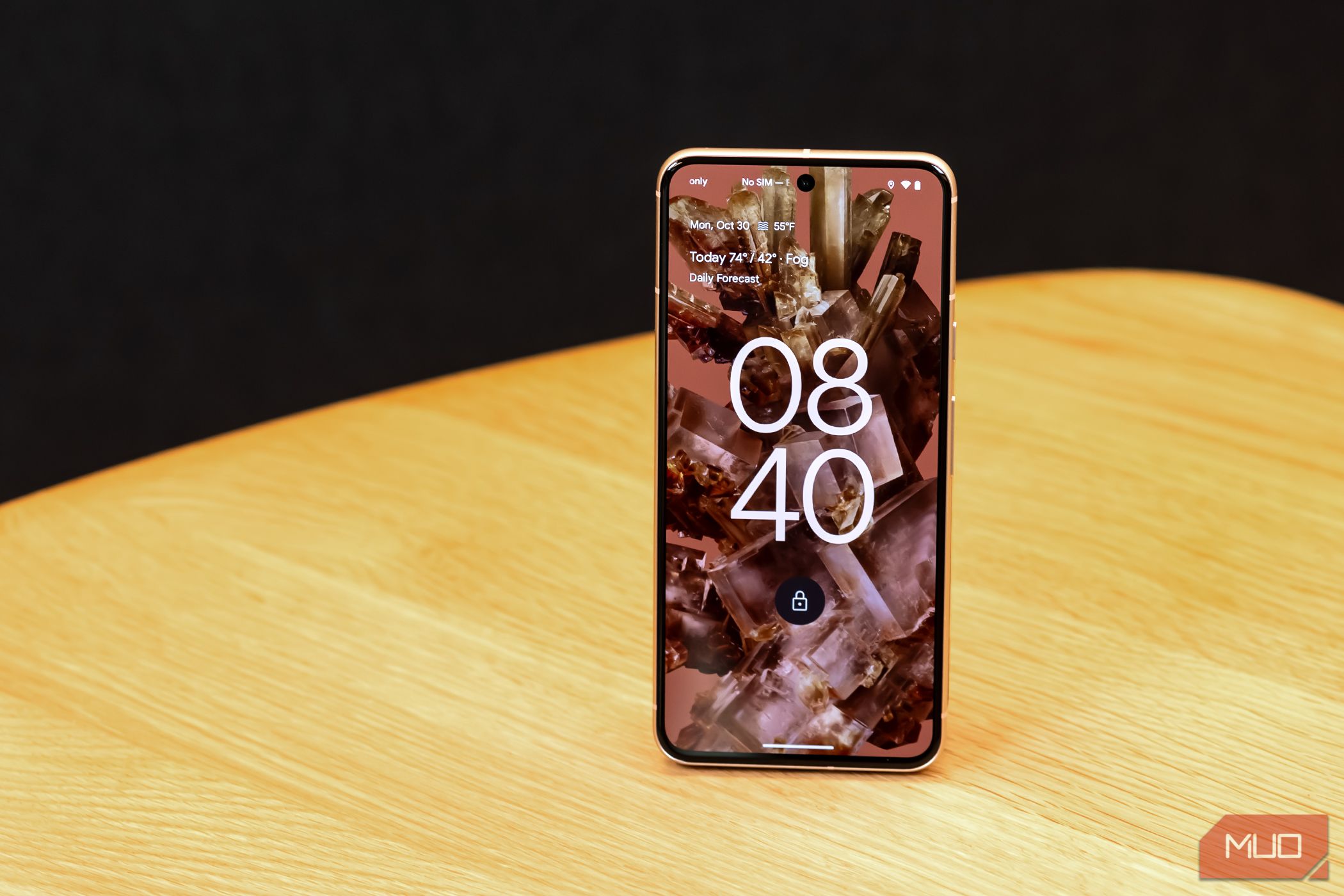
Whether you're looking for a mid-range or high-end smartphone, it should have an OLED display to meet today's standards. OLED and AMOLED screens are superior to LCD panels, as they pack self-emitting pixels that can control their brightness individually instead of using an LED backlight.
You get perfect blacks as the pixels shut off individually to display black content, resulting in an infinite contrast ratio. They also offer the widest viewing angles and can display a broader range of colors with great accuracy, making them perfect for content consumption.
4 Flagship Processor
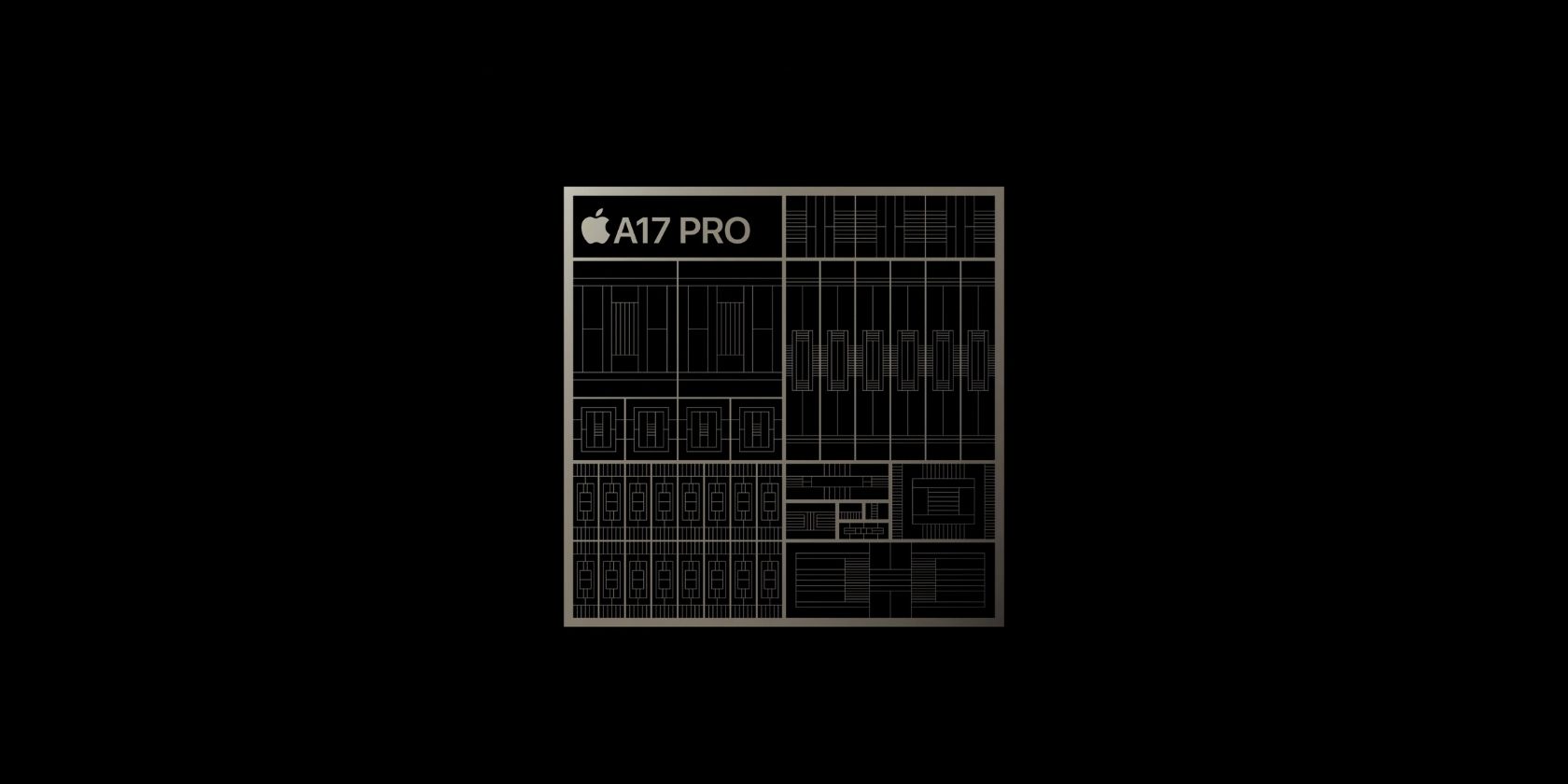
For 2024, I would want the Snapdragon 8 Gen 3 chip if I'm going for an Android device or Apple's A17 Pro chip if I'm interested in the newest iPhones. You shouldn't settle for anything less if you're paying $1000 or more for a smartphone.
Mid-range buyers should carefully check the specifications and see if the phone has yesteryear's flagship chip, like the Snapdragon 8 Gen 2 or the A16 Bionic.
These high-end processors will ensure smooth performance no matter what task you throw at it. They will continue to do so for several years, so you don't have to upgrade your smartphone often.
5 At Least 8GB of RAM
Gone are the days when you could get away with 4GB of RAM in a smartphone. In 2024, I'd want at least 8GB of RAM, especially if it's an Android device. 6GB is fine if it's an iPhone, as iOS does a much better job at memory management.
You'll be able to multitask effortlessly and have several apps running in the background with no issues on a phone with 8GB of RAM or higher.
Almost all Android flagships in 2024 come with 12GB of RAM—the Galaxy S24 Ultra we reviewed is a good example. However, phones in the $500 to $800 price bracket often pack 8GB of RAM, like the Google Pixel 8 we reviewed in late 2023.
6 All-Day Battery Life
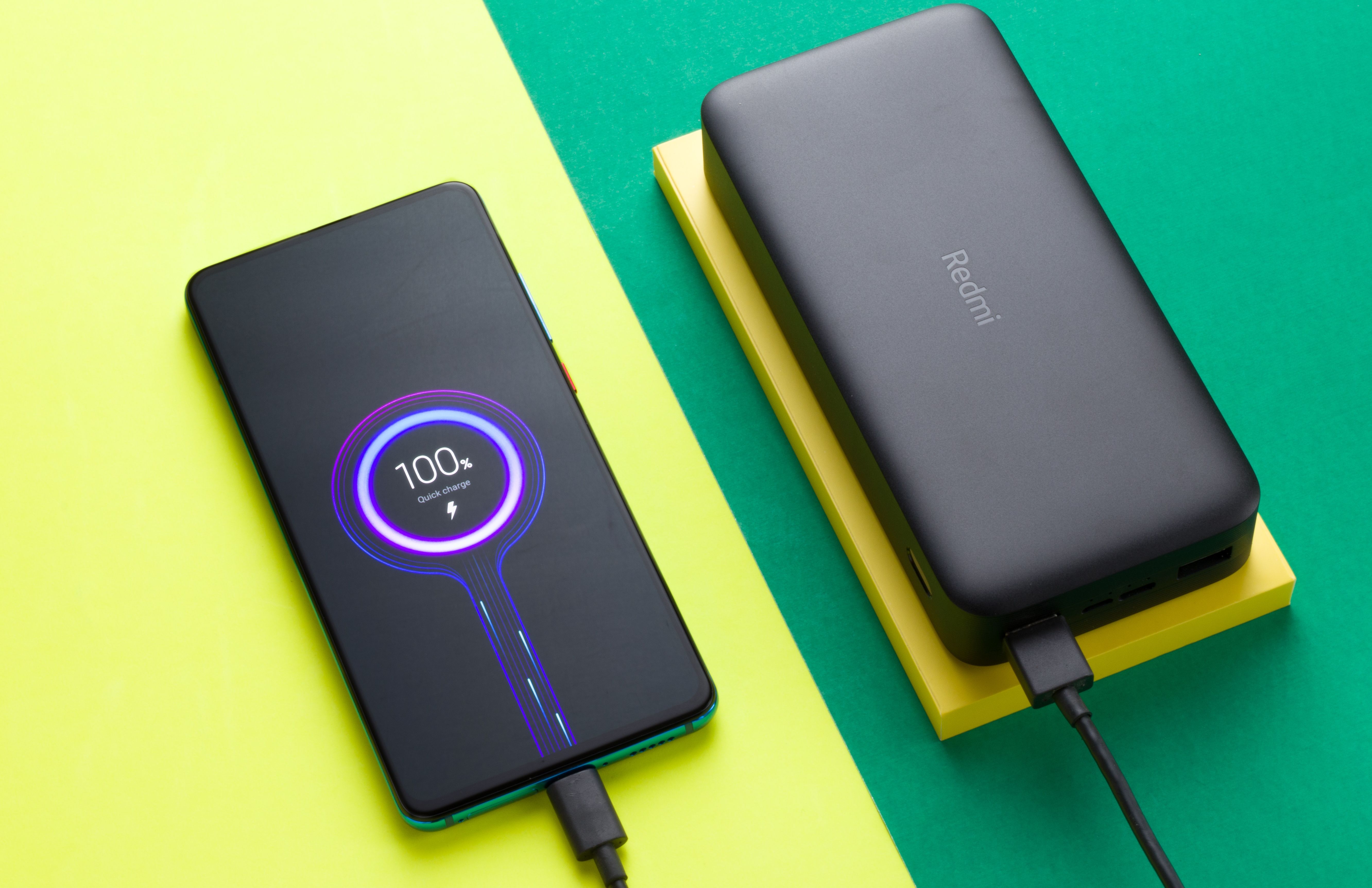
No matter what phone you buy, its battery should be good enough to last you for a whole day under normal use. Nobody wants to carry around power banks or chargers every day they head to work. As a power user, I want my phone to get me through a whole workday despite heavy use.
From my experience, Android phones with a battery capacity of 5000mAh or higher tend to meet my expectations. As for iPhones, the bigger Pro Max and Plus variants last noticeably longer than their smaller siblings. I highly recommend opting for bigger phones, as they generally have bigger batteries.
7 256GB of Storage
Today's smartphones can shoot high-resolution photos and videos that quickly eat up your precious internal storage space. The iPhone 15 Pro, for example, takes 24MP photos by default and records at 4K/60FPS. And if you shoot in Apple's ProRes and ProRAW formats, even 256GB of storage won't be sufficient.
Apps are also getting bigger and better with each passing day, so you need to make sure you can use your phone for years without worrying about storage space. Otherwise, you'll have to pay a monthly fee for a cloud storage service like iCloud or Google One and move some of your data to the cloud.
Therefore, I highly recommend getting a phone with 256GB of internal storage. You can get away with 128GB of storage if you're a casual user who rarely takes photos and doesn't install a ton of apps. It's also a nice bonus if the phone has an SD card slot.
8 Long-Term Software Support
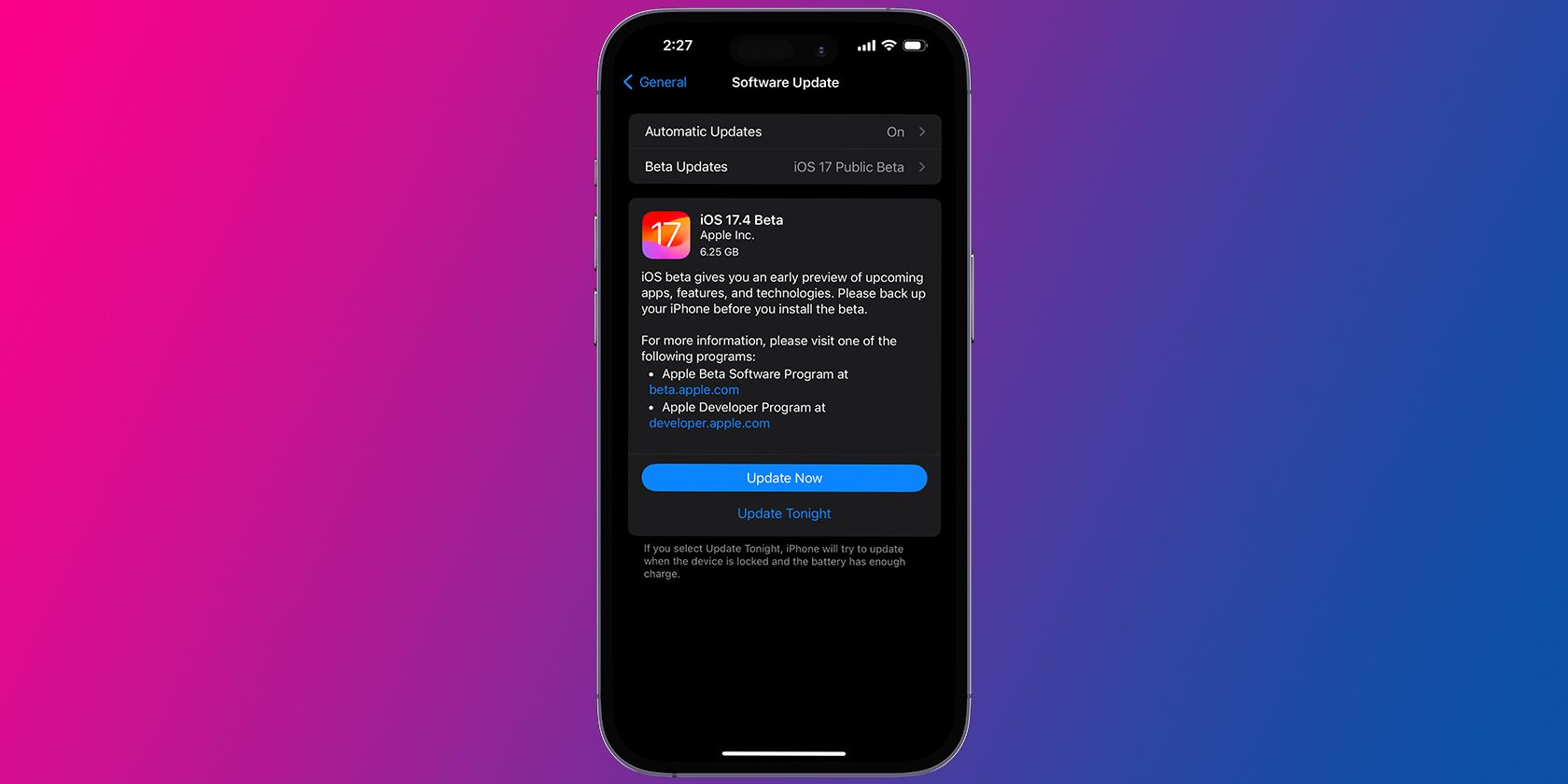
If I'm spending a grand on a smartphone, I expect the manufacturer to support it with software updates for several years. Apple does an excellent job in this department, as iPhones released in 2018 officially support its most recent iOS version, iOS 17.
Android phones are a bit behind in this aspect, typically offering OS updates for two to four years. However, as of 2024, both Google and Samsung promise seven years of OS updates for the flagship Pixel 8 and Galaxy S24 series of phones. So, if you plan to buy an Android phone from any other manufacturer in 2024, be sure to check these details beforehand.
If a smartphone I'm interested in misses the mark in any of these aspects, it's a major dealbreaker. There are other features that I consider, like wireless charging and a higher water resistance rating, but I could definitely live without them.
-
 Photos App Not Working after Windows 10 Update, How to FixSometimes, but not always, Windows 10 updates can cause some glitches. Some people report that the Photos app stopped working after the Windows 10 upd...Software tutorial Published on 2024-11-08
Photos App Not Working after Windows 10 Update, How to FixSometimes, but not always, Windows 10 updates can cause some glitches. Some people report that the Photos app stopped working after the Windows 10 upd...Software tutorial Published on 2024-11-08 -
 How to Fix Outlook Error 0x800CCC69: Here’s a Full GuideMicrosoft Outlook is a vital tool for email and calendar organization, offering a range of helpful features. Many users complained about encountering ...Software tutorial Published on 2024-11-08
How to Fix Outlook Error 0x800CCC69: Here’s a Full GuideMicrosoft Outlook is a vital tool for email and calendar organization, offering a range of helpful features. Many users complained about encountering ...Software tutorial Published on 2024-11-08 -
 3 Fixes for “How to Get Help in Windows” Keeps Popping UpTry Basic Fixes Check if the F1 key is stuck: The F1 key on Windows serves as a shortcut to access the help page for the active program or window. If ...Software tutorial Published on 2024-11-08
3 Fixes for “How to Get Help in Windows” Keeps Popping UpTry Basic Fixes Check if the F1 key is stuck: The F1 key on Windows serves as a shortcut to access the help page for the active program or window. If ...Software tutorial Published on 2024-11-08 -
 4 Fixes for Dictation Not Working on MacBasic Fixes Disable Bluetooth devices: This can prevent you from using the built-in microphone on your Mac. After disabling Bluetooth devices, restart...Software tutorial Published on 2024-11-08
4 Fixes for Dictation Not Working on MacBasic Fixes Disable Bluetooth devices: This can prevent you from using the built-in microphone on your Mac. After disabling Bluetooth devices, restart...Software tutorial Published on 2024-11-08 -
 11 Fixes for When Your AirPods Don’t Show Up in the Find My AppBut before that, it's here are the benefits of adding your AirPods to Apple's Find My app. Why You May Want to Show AirPods in Find My Th...Software tutorial Published on 2024-11-08
11 Fixes for When Your AirPods Don’t Show Up in the Find My AppBut before that, it's here are the benefits of adding your AirPods to Apple's Find My app. Why You May Want to Show AirPods in Find My Th...Software tutorial Published on 2024-11-08 -
 4 Ways to Access Secure Folder on Samsung Galaxy PhonesMethod 1: From the App Drawer or Home Screen Once you create the Secure Folder the first time, you can access it easily from your phone’s App drawer o...Software tutorial Published on 2024-11-08
4 Ways to Access Secure Folder on Samsung Galaxy PhonesMethod 1: From the App Drawer or Home Screen Once you create the Secure Folder the first time, you can access it easily from your phone’s App drawer o...Software tutorial Published on 2024-11-08 -
 Limit the Number of Failed Logon Attempts in Windows 10Usually, we set user login password on Windows 10 to prevent others from getting into the computer. However, even if a user login password is set, you...Software tutorial Published on 2024-11-08
Limit the Number of Failed Logon Attempts in Windows 10Usually, we set user login password on Windows 10 to prevent others from getting into the computer. However, even if a user login password is set, you...Software tutorial Published on 2024-11-08 -
 How to Enable and Use Voice Isolation on iPhoneVoice isolation works when you’re using the built-in microphone or a pair of earphones (both wired and wireless). Moreover, Voice Isolation is a...Software tutorial Published on 2024-11-08
How to Enable and Use Voice Isolation on iPhoneVoice isolation works when you’re using the built-in microphone or a pair of earphones (both wired and wireless). Moreover, Voice Isolation is a...Software tutorial Published on 2024-11-08 -
 Samsung Galaxy Phones Have a Secret Feature for Bluetooth Speakers You\'re Not UsingWouldn't it be awesome to play music on your Bluetooth speakers without hearing notifications come in or having your calls blasted out for everyo...Software tutorial Published on 2024-11-08
Samsung Galaxy Phones Have a Secret Feature for Bluetooth Speakers You\'re Not UsingWouldn't it be awesome to play music on your Bluetooth speakers without hearing notifications come in or having your calls blasted out for everyo...Software tutorial Published on 2024-11-08 -
 How to Fix the \"No Audio Output Device Is Installed\" Error on Windows 11Have you encountered the "No Audio Output Device Is Installed" error while unmuting audio via the system tray? If so, your audio output dev...Software tutorial Published on 2024-11-08
How to Fix the \"No Audio Output Device Is Installed\" Error on Windows 11Have you encountered the "No Audio Output Device Is Installed" error while unmuting audio via the system tray? If so, your audio output dev...Software tutorial Published on 2024-11-08 -
 Fix God of War Ragnarok Not Launching/Crashing/Black ScreenAre you into the magnificent game God of War Ragnarok? Can you play it without receiving any errors that prevent it from running? Here this post on Mi...Software tutorial Published on 2024-11-08
Fix God of War Ragnarok Not Launching/Crashing/Black ScreenAre you into the magnificent game God of War Ragnarok? Can you play it without receiving any errors that prevent it from running? Here this post on Mi...Software tutorial Published on 2024-11-08 -
 Why Is Windows Server 2022 DHCP Not Working? How to Fix it?Why does your DHCP server not work? Do you know how to solve Windows Sever 2022 DHCP not working? You can figure it out and get some helpful solutions...Software tutorial Published on 2024-11-08
Why Is Windows Server 2022 DHCP Not Working? How to Fix it?Why does your DHCP server not work? Do you know how to solve Windows Sever 2022 DHCP not working? You can figure it out and get some helpful solutions...Software tutorial Published on 2024-11-08 -
 Can You Hide Sender’s Name on iPhone MessagesWhenever you receive a message on your iPhone, the Messages app sends you a notification specifying who has sent the message and, in some instances, e...Software tutorial Published on 2024-11-08
Can You Hide Sender’s Name on iPhone MessagesWhenever you receive a message on your iPhone, the Messages app sends you a notification specifying who has sent the message and, in some instances, e...Software tutorial Published on 2024-11-08 -
 Top 8 Ways to Fix MacBook Not Showing on AirDropAirDrop remains one of the best ways to transfer large files from iPhone or iPad to Mac and vice versa. If you shoot many videos or photos on an iPhon...Software tutorial Published on 2024-11-08
Top 8 Ways to Fix MacBook Not Showing on AirDropAirDrop remains one of the best ways to transfer large files from iPhone or iPad to Mac and vice versa. If you shoot many videos or photos on an iPhon...Software tutorial Published on 2024-11-08 -
 3 Ways to Fix Mac Not Showing Wi-Fi NetworkBasic Fixes: Disable and Enable Wi-Fi: You can start by rebooting your Mac first. Once done, you can also disable Wi-Fi from the Mac Control Center a...Software tutorial Published on 2024-11-08
3 Ways to Fix Mac Not Showing Wi-Fi NetworkBasic Fixes: Disable and Enable Wi-Fi: You can start by rebooting your Mac first. Once done, you can also disable Wi-Fi from the Mac Control Center a...Software tutorial Published on 2024-11-08
Study Chinese
- 1 How do you say "walk" in Chinese? 走路 Chinese pronunciation, 走路 Chinese learning
- 2 How do you say "take a plane" in Chinese? 坐飞机 Chinese pronunciation, 坐飞机 Chinese learning
- 3 How do you say "take a train" in Chinese? 坐火车 Chinese pronunciation, 坐火车 Chinese learning
- 4 How do you say "take a bus" in Chinese? 坐车 Chinese pronunciation, 坐车 Chinese learning
- 5 How to say drive in Chinese? 开车 Chinese pronunciation, 开车 Chinese learning
- 6 How do you say swimming in Chinese? 游泳 Chinese pronunciation, 游泳 Chinese learning
- 7 How do you say ride a bicycle in Chinese? 骑自行车 Chinese pronunciation, 骑自行车 Chinese learning
- 8 How do you say hello in Chinese? 你好Chinese pronunciation, 你好Chinese learning
- 9 How do you say thank you in Chinese? 谢谢Chinese pronunciation, 谢谢Chinese learning
- 10 How to say goodbye in Chinese? 再见Chinese pronunciation, 再见Chinese learning

























